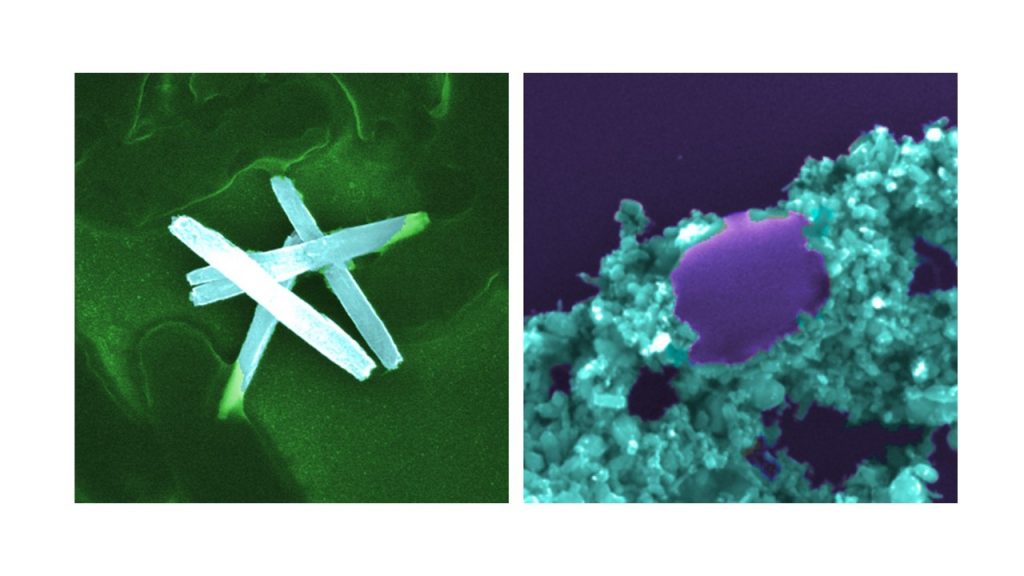The article by David Rutherford et al. about “Growth Inhibition of Gram-Positive and Gram-Negative Bacteria by Zinc Oxide Hedgehog Particles” has been published in May in the International Journal of Nanomedicine – an international peer-reviewed journal focusing on the application of nanotechnology in diagnostics, therapeutics, and drug delivery systems throughout the biomedical field. The article reached more than 1400 views in 4 weeks since the publication in May and David Rutherford has been awarded „Favored author“ status.
Interest in nanoparticles for antibacterial applications has been increasing significantly over the last 10 years due an alarming rise in bacteria that are resistant to common antibiotics as well as due to a lack of new pharmaceutical research in this area. Zinc oxide represent one example of such inorganic materials which exhibit considerable antibacterial effect. It is assumed to act via reactive oxygen species (ROS) generation and zinc ion production, both of which can be toxic in high concentrations, as well as via surface interactions between the nanoparticles and bacteria. In our research, we investigated what role particle size, shape, and concentration have on the antibacterial effect by using novel zinc oxide microstructures, called “hedgehogs”, and comparing them with two commercially available ZnO nano- and micro-particles. The hedgehog ZnO particles proved to be more effective due to their specific microstructure, even in biological media that suppress other antibacterial pathways. They could be thus a viable alternative for water treatment and surface decontamination applications where the presence of bacteria poses a serious risk to human health.
The research has been lead by the Department of Physics FEL CTU, where the microbiological and nanomaterial experiments were carried out. The hedgehog ZnO particles were synthesized at the Institute of Chemistry, Slovak Academy of Sciences, and the materials were characterized with assistance from colleagues at the Institute of Physics, Czech Academy of Sciences, and at the Faculty of Mathematics and Physics, Charles University.
This research was conducted within the international GACR project with National Pingtung University, Taiwan. It was supported also by the Centre of Advanced Applied Sciences (CAAS) at CTU, Slovak Scientific Grant Agency (VEGA), and it made use of the CzechNanoLab Research Infrastructure.

